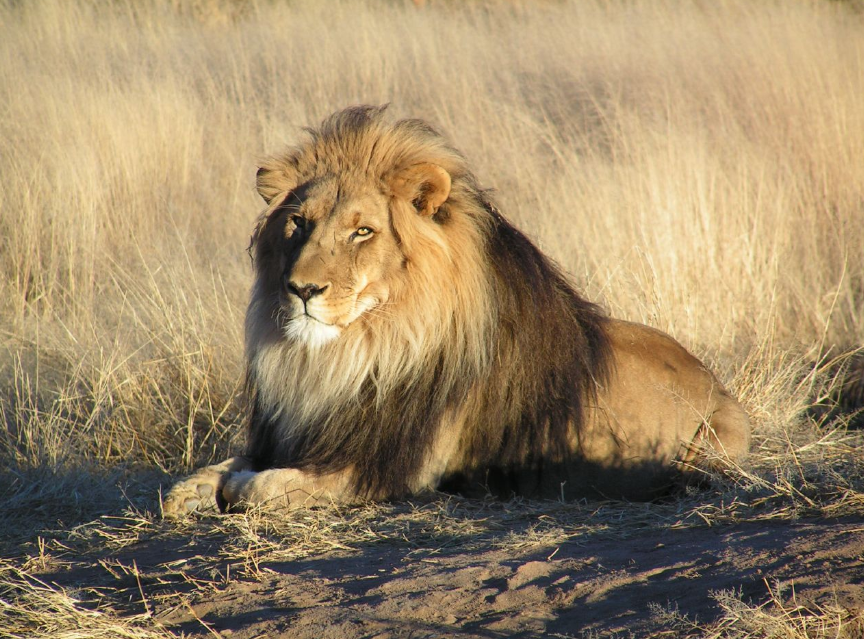Physical Attributes and Social Behavior of Lions: The Lion's Ecological Role as a n Apex and Keystone Predator: Distribution and Population Decline of Lions
Introduction
The lion, scientifically known as Panthera leo, is a majestic and formidable feline native to Africa and India. It possesses a robust and muscular physique, with a broad chest, a round head, ears of a rounded shape, and a tuft of hair at the tip of its tail. This species exhibits sexual dimorphism, with adult male lions being larger in size and sporting a distinctive mane. Lions are highly social animals and form groups known as prides. A typical lion pride consists of a few adult males, related females, and their cubs. Female lions often engage in cooperative hunting, primarily targeting large ungulates.
As an apex and keystone predator, the lion plays a crucial role in its ecosystem. While it is known that some lions scavenge opportunistically and instances of lions hunting humans have occurred, it is important to note that lions generally do not actively seek out humans as prey.
The natural habitats of lions include grasslands, savannahs, and shrublands. They are typically more active during the day, but when faced with persecution, they can adapt to becoming nocturnal or crepuscular. In the past, lions roamed across Africa and Eurasia, ranging from Southeast Europe to India during the Neolithic period. However, their population has significantly declined, and they are now restricted to fragmented populations in sub-Saharan Africa and a single population in western India. The International Union for Conservation of Nature (IUCN) has listed lions as Vulnerable on the Red List since 1996 due to a decline of approximately 43% in African lion populations since the early 1990s. It is worth mentioning that lion populations can only sustainably exist within designated protected areas. The exact causes for the decline are not fully understood, but habitat loss and human conflicts are the primary concerns.
Throughout human history, the lion has held a prominent place as an iconic symbol. It has been widely depicted in sculptures, paintings, national flags, and has made appearances in contemporary films and literature. Lions have been kept in menageries since the days of the Roman Empire and have been highly sought-after for exhibition in zoological gardens around the world since the late 18th century. Notably, lions held significant cultural significance in Ancient Egypt, and depictions of lions can be found in the historical records and art of various ancient and medieval civilizations within the lion's historical and current range.








0 Comments